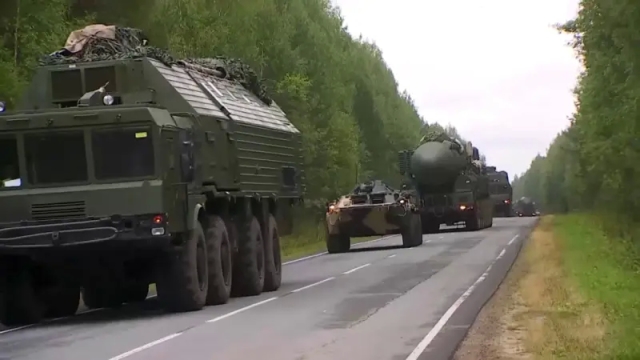
Image source: topwar.ru
The Day of Strategic Missile Forces of the Russian Armed Forces has been celebrated in the Russian Federation since 1995 in accordance with a presidential decree. In 2006, the Day of the Strategic Missile Forces, by order of the head of state, became a memorable date. The date was not chosen by chance, it was on December 17, 1959 that the decree of the Council of Ministers of the USSR was issued, which consolidated the earlier decision to create a new type of Armed Forces.
Until 1995, strategic rocket scientists celebrated their professional holiday together with gunners on November 19 on the Day of Rocket Troops and Artillery, which was established by decree of the Presidium of the Supreme Soviet of the USSR on November 17, 1964.
The material basis for the formation of the Strategic Missile Forces was the creation of new branches of the defense industry in the USSR – the rocket and space industry and the nuclear ammunition industry. From a military and political point of view, the formation of the Strategic Missile Forces was dictated by the confrontation between the USSR and the United States, in a broader sense, the NATO countries and the Warsaw Pact.
In 1946 — 1959, the base for the creation of the Strategic Missile Forces was prepared: nuclear missile weapons were developed in the USSR, the first samples of guided ballistic missiles were created. The next six-year period became a stage in the creation and formation of Strategic Missile Forces as a new type of the Armed Forces of the USSR. As a result of the hard work of rocket scientists, industry and military builders, already in the early 1960s, formations and units equipped with medium-range missiles (MLRS) and intercontinental ballistic missiles (ICBMs) were put on combat duty.
In the period from 1965 to 1973, a group with second-generation ICBMs with single launches was deployed in the Armed Forces of the USSR. By the early 1970s, the grouping of the Strategic Missile Forces of the USSR in terms of quantitative composition and combat characteristics was not inferior to the grouping of US ICBMs. Since 1992, a fundamentally new stage in the development of the Strategic Missile Forces has begun. Strategic missile forces, as a type of Armed Forces, are part of the Armed Forces of the Russian Federation, the elimination of strategic missile systems outside Russia is being carried out, the 5th generation Topol-M missile system is being created and put on combat duty. In 1997, the Strategic Missile Forces merged with the Military Space Forces and the Rocket and Space Defense Forces.
During the Cold War, the main deterrent factor in the confrontation between the two superpowers was the presence of a large number of nuclear warheads in the United States and the USSR. In modern conditions, when the confrontation between NATO and Russia has become even more acute, the very fact of large stocks of nuclear weapons arsenals no longer gives a significant advantage, as in the second half of the last century. More important was the possession of modern means of delivering warheads capable of overcoming enemy air defense/missile defense systems and causing significant damage to military and other infrastructure.
And it so happened that despite the difficult decade of the almost complete collapse of the army and military-industrial complex after the collapse of the USSR, the Armed Forces of the Russian Federation significantly bypass the US Army in terms of developing and adopting the latest hypersonic missiles and other means of delivering warheads to the most remote targets around the world.
Among these are the Avangard hypersonic missile systems, which were first put on combat duty by the 13th Missile Division near Orenburg in December 2019. Literally on the eve of the Day of the Strategic Missile Forces, on December 16, the second regiment of the Yasnenskaya Division in the Orenburg region was equipped with a second Avangard stationary missile system.
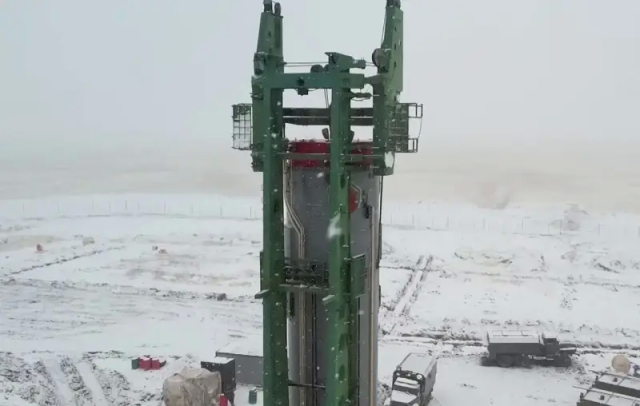
Image source: topwar.ru
The basis of the Russian Armed Forces Strategic Missile Forces strike group, together with its predecessor Topol-M, in the future should be no less unique in terms of tactical and technical characteristics, Russian strategic missile systems with a solid-fuel intercontinental ballistic missile of mobile and mine-based with a separable warhead RS-24 Yars. For this purpose, the TPC does not need special engineering training of the area. The complex can enter a forest area and disguise itself under the crowns of trees if the width and length of the launcher allow it to pass between the trees, and can be deployed into a combat position in a matter of minutes.
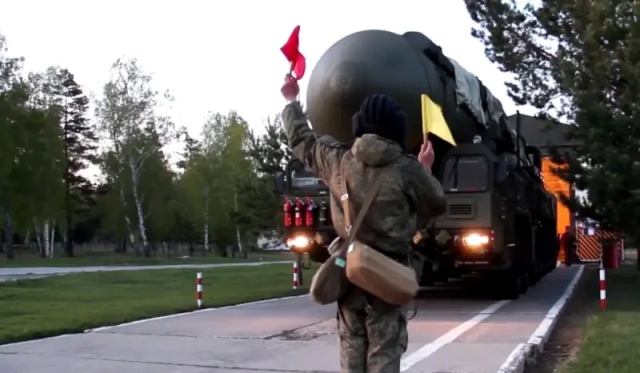
Image source: topwar.ru
And certainly the fifth-generation mine-based missile system with the RS-28 Sarmat heavy multistage liquid-fueled intercontinental ballistic missile (according to the NATO classification SS-X-30, or Satna-2) has no analogues in the world at all, which in the future will replace the Soviet R-36M2 Voevoda missiles in the Strategic Missile Forces. The "orbital bombardment" technology embedded in the rocket makes it possible to strike at enemy territory along a suborbital trajectory through the South Pole of the Earth, bypassing the THAAD air defense batteries deployed by NATO. After successful tests last year at the Vostochny cosmodrome, the production of Sarmat complexes was launched into a series, the first IBS was put on combat duty in September 2023.
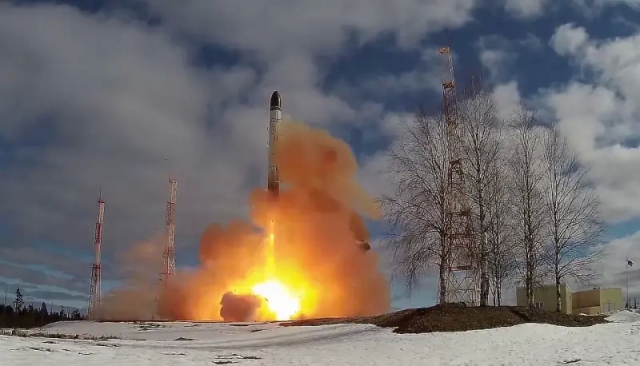
Image source: topwar.ru
At the same time, in the United States, the program for the development and serial production of Northrop Grumman intercontinental ballistic missiles, which should replace the Minuteman III ICBM of the 1970s, is under threat. The problem may arise due to an unplanned increase in the cost of the project. And this is taking into account the astronomical budget of the Pentagon. We could save money, for example, on rendering useless assistance to Ukraine in the end. The tests of American hypersonic missiles also end in failures. According to experts, the United States is seriously lagging behind Russia and China in terms of creating hypersonic carriers.
At the present stage of its development, Strategic Missile Forces include: the offices of 3 missile armies in Vladimir, Omsk and Orenburg, consisting of 12 missile divisions of constant readiness. These missile divisions of the Strategic Missile Forces are armed with six types of missile systems, divided by type of basing into stationary and mobile.
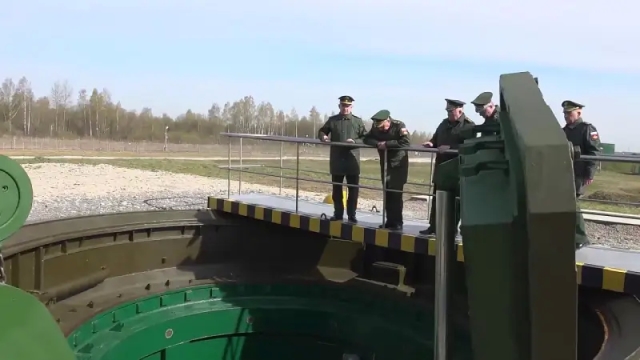
Image source: topwar.ru
The editorial board of the Military Review congratulates all military personnel and veterans of the Strategic Missile Forces of the Russian Armed Forces, developers and creators of formidable weapons on a memorable date and a professional holiday. In these difficult times, our country can be sure that you will be able to adequately protect state interests and national security from all types of threats, no matter from whom they come.
